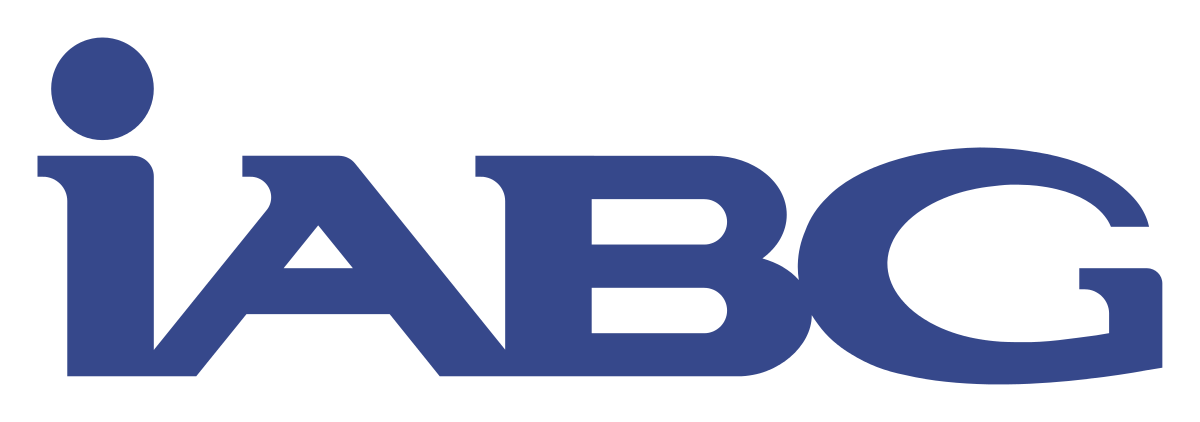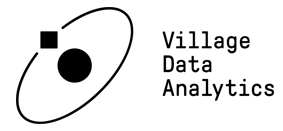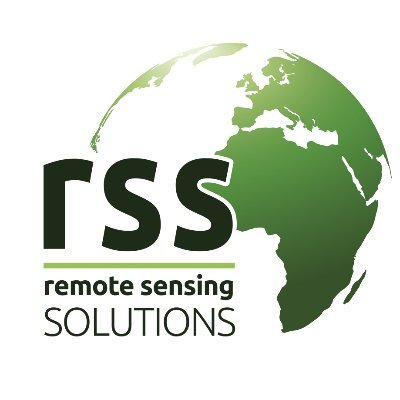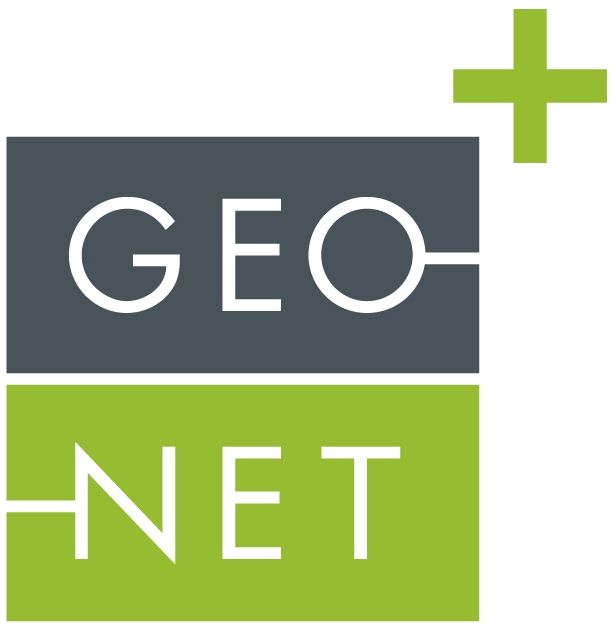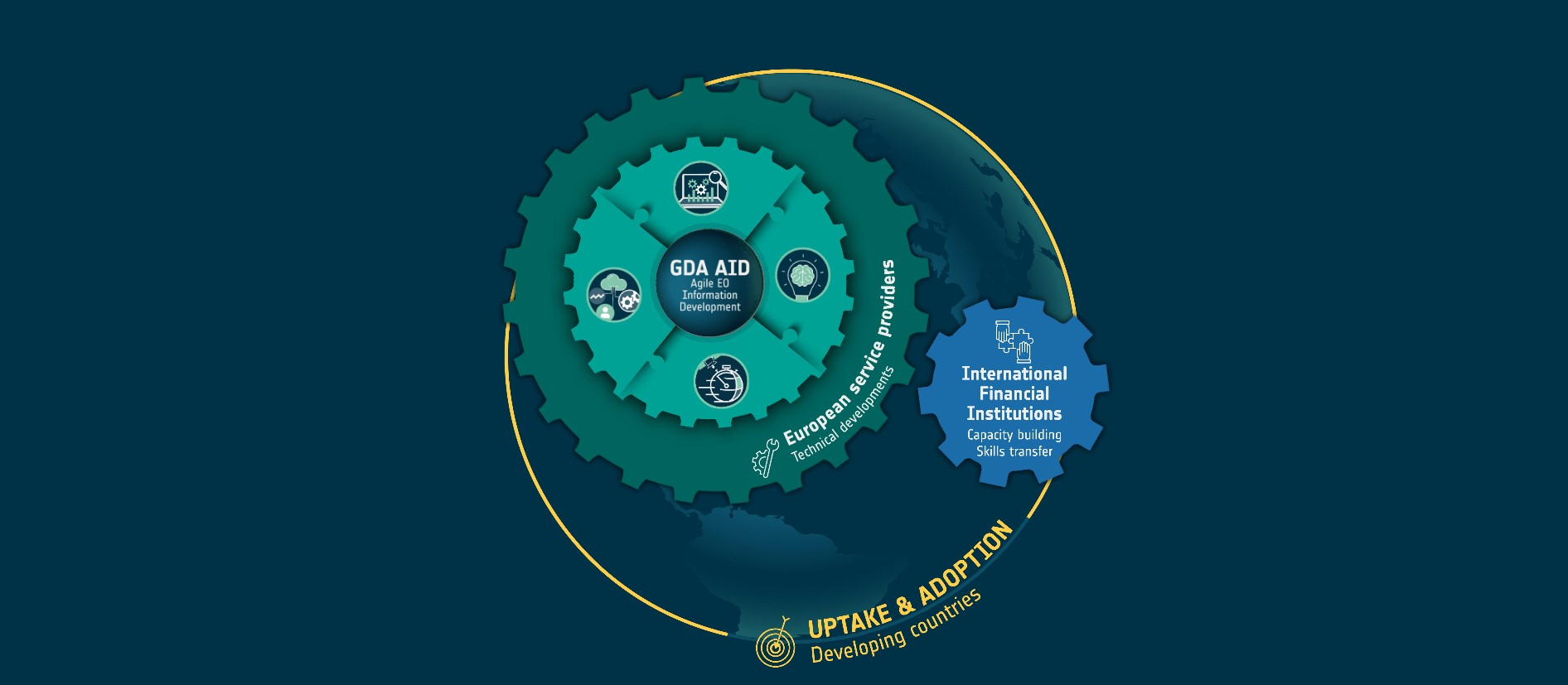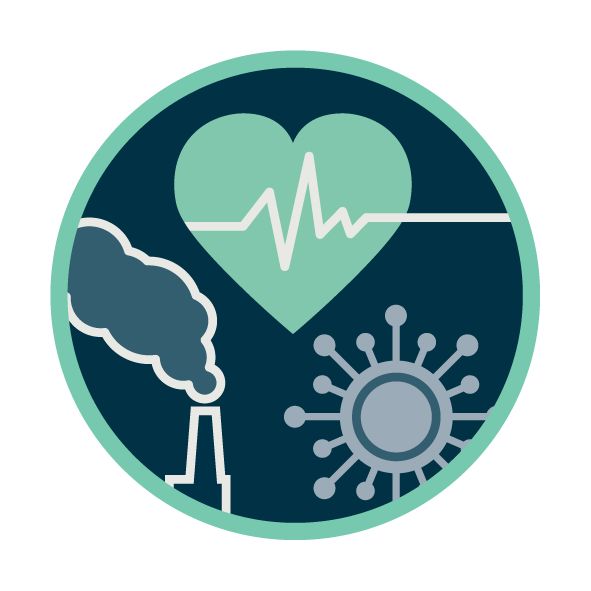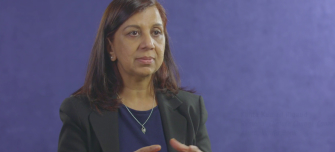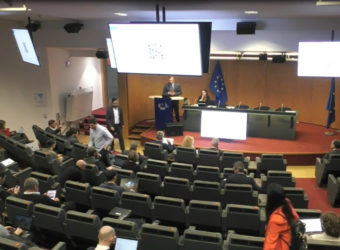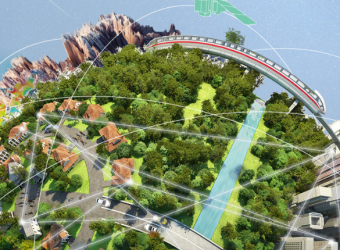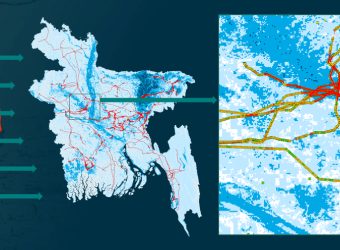Access to energy is one of the essential preconditions for poverty reduction (Sustainable Development Goal 1) and one of the main goals of International Financial Institutions (IFIs) like the World Bank (WB) and Asian Development Bank (ADB). Energy enables investment, innovation and new industries that are the drivers of jobs, inclusive growth and shared prosperity for people and entire economies. The IFIs facilitate clean energy investment in developing countries via clean energy projects. Lending operations to their Client States are commonly accompanied by technical assistance activities. Programmatic approaches are often applied to transfer knowledge across national and regional authorities. Earth Observation and related applications can support this process by providing independent information about the state of the environment and man-made infrastructure, resulting in more detailed insights for the considered regions.
Clean Energy Themes
The addressed Use Cases in this domain will support the IFIs in
- better characterising the present and expected energy demand of the population and various economic activities,
- scaling-up and integrating the Variable Renewable Energy sector in existing structures, with the potential to compensate for fossil energy sources
- increasing the energy infrastructure resilience,
- decreasing the environmental impact of energy infrastructure.
Following these objectives, the project will develop and showcase EO-based solutions in the following context:
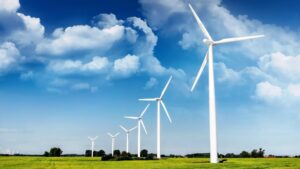
Renewable energy resource mapping. Detailed and long-term statistics on e.g. solar irradiance, wind speed and direction, runoff due to snow cover, geothermal anomalies, biomass crops, to provide the baseline for the selection of sites and technologies and dimensioning of the potential energy infrastructure.
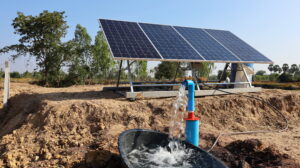
Energy demand characterisation, which is essential for efficient and sustainable infrastructure planning. EO is used for mapping of settlements, containing critical/public infrastructure and commercial activities. It also provides inventories of potential sources of high demand, such as irrigation areas, smallholder industry and other indicators of high electricity consumption economic activity.

Production and transmission infrastructure site selection. The information on potential energy resource is combined with information on local environment such as existing infrastructure characteristics. This may include assessment of photovoltaic potential that can be harvested from rooftops or water bodies, or identification of areas suitable for wind parks. Since some of the regions in focus do not yet connect to a main energy grid, it also includes the deployment of least-cost solutions for preparing suitable transmission infrastructure.
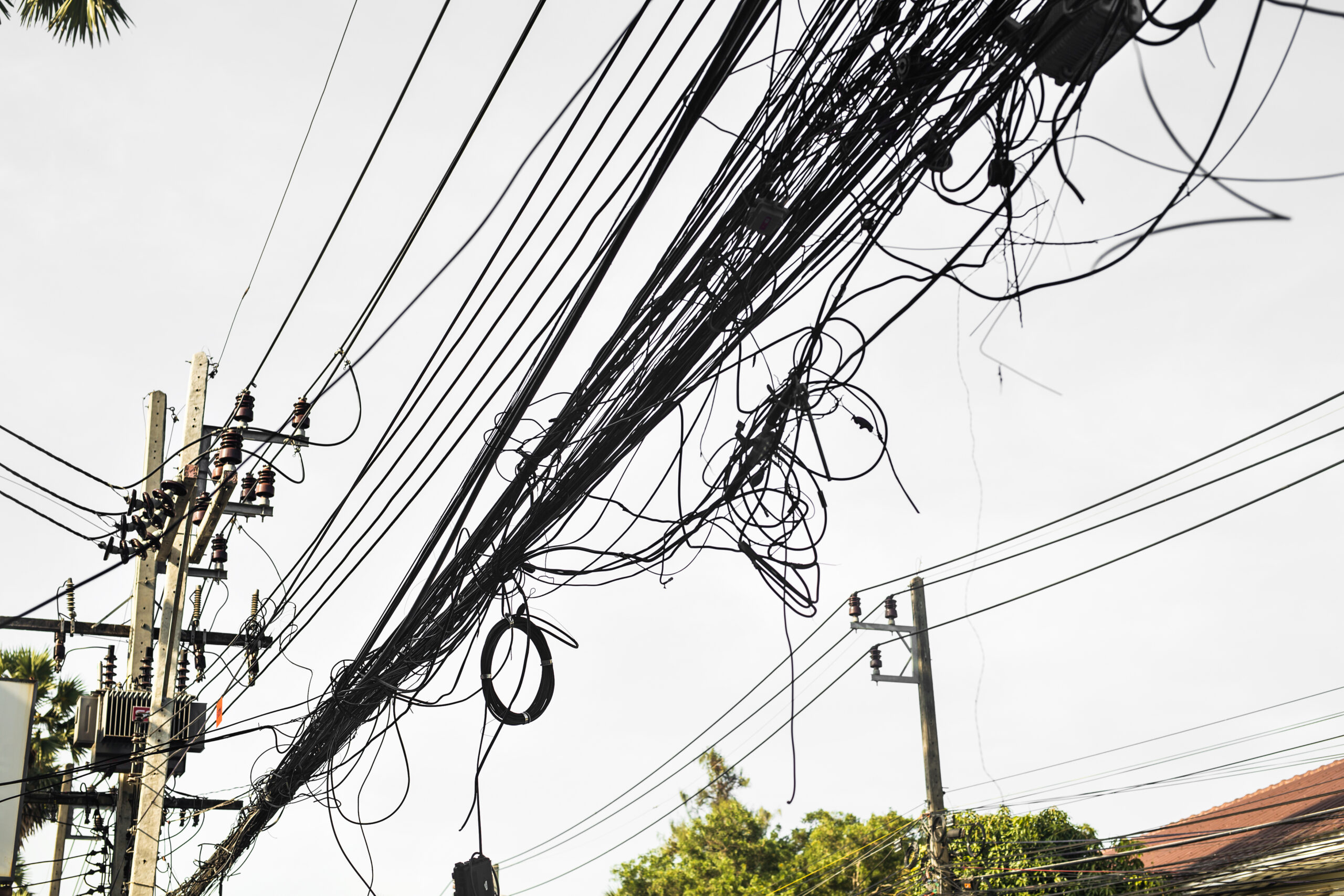
Creating inventories of existing energy infrastructure by mapping features such as high-voltage lines. Monitoring of the electrification progress can be supported by a combination of high- and very-high resolution imagery, focusing on medium- and low-voltage power infrastructure and networks.
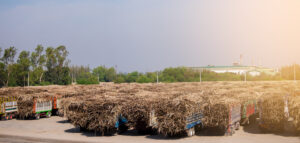
Managing energy production operations. Information is provided on e.g. available and/or forecasted biomass crops or wind power as well as available solid fuel in the form of waste accumulated at managed waste sites. Here specific emphasis is put on significant variations, potentially caused by extreme weather events still able to satisfy the energy demand.
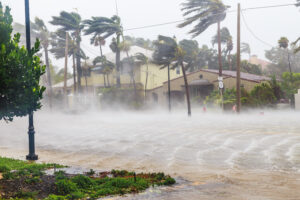
Assessing energy infrastructure vulnerability to climate change and natural disasters. The EO-based developments elaborate the situation of the energy infrastructure with respect to potential floods, landslides, erosion, and other climate-related and man-made risks. A review of previous decades, in combination with most recent monitoring aims to provide a comprehensive picture. Discover our brochure for more information regarding services and products provided on these themes in response to requirements identified in the water domain by IFIs and their Client Countries:
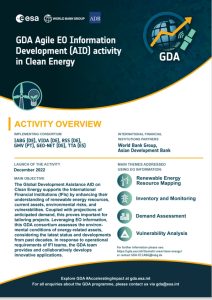
IFI projects addressed through the use cases
- Sahel Poverty Monitoring Program, World Bank
Studying night time lights data in Cameroon (potentially scaling up to the Sahel region) to better understand the linkage between poverty reduction and access to energy.
- Electricity Distribution Modernization Program, World Bank
Providing information on environmental risks in Bangladesh, determining potentially-affected energy assets by considering multiple risk sources, such as flooding, extreme wind, landslide, but also rapid land use land cover changes, such as vegetation encroachment.
- Electricity Access Expansion Project Niger, World Bank
Monitoring extreme weather situations and resulting floods and droughts, together with hydrologic modelling of potential water distribution in case of an emergency, in countries in the green belt of the Sahara. The EO-based solutions will support the planning process, given the limited availability of free data sources.
- Central Asia South Asia Electricity Transmission and Trade Project, World Bank
Monitoring progress of the construction of an electricity transmission line connecting at least four countries, as well as characterisation of potential transmission line segments highly exposed to environmental threats (landslide and erosion, extreme weather, land cover change).
Consortium Members
